The supreme court has dismissed the petition of the Indian government seeking additional compensation for the victims of the 1984 Bhopal disaster from US chemical giant Dow. Official records show that the disaster resulted in the death of 5295 people and injured another 568,292, although the total number of victims had swelled to 573,485 by October 2022.
In 2001, Dow acquired Union Carbide, the owners of the Bhopal chemical plant when the accident occurred. The petition filed in 2010 was heard after 12 years and the verdict on 14 March virtually closes the door on any further compensation being paid by the owners of Union Carbide.
The 1984 disaster was the result of nearly 40 tonnes of methyl isocyanate gas leaking from the pesticide factory owned by Union Carbide India – a subsidiary of the parent Union Carbide. The cloud of highly toxic gas spread over large parts of the city poisoning residents. Thousands died and tens of thousands were injured and their number increased as the injuries from methyl isocyanate poisoning unfolded slowly in the coming months and years.
The Bhopal disaster has led to a long history of complicated litigation. In 1989, Union Carbide agreed to pay $470 million (£383 million) to the Indian government to settle all claims, rights and liabilities relating to and arising from the disaster. Criminal liability, initially dismissed, was later restored by the supreme court.
In the latest case to reach the supreme court, the Indian government argued that there was fresh evidence which pointed towards far more victims and their prolonged suffering than initially estimated. It sought an additional $1.3 billion from Union Carbide – organisations representing survivors were demanding $8.1 billion – over and above the original settlement amount of $470 million agreed in 1989.
’Not a farthing more’
‘My client is not willing to pay a farthing more,’ was the response to the claim in court from Union Carbide lawyer Harish Salve. The settlement was predicated on Union Carbide accepting no criminal liability for the disaster and so Salve said there was no cause to reopen the case. Furthermore, the supreme court agreed to the settlement in 1989 via a decree and refused to reopen the case in 1991.
The supreme court found a technical fault with the ‘curative petition’ route adopted by the petitioners. Curative petitions are broadly predicated on the ‘wrong assumption of facts and data’ underpinning any settlement. If the settlement were set aside, then the $470 million would need to be returned and the case would need to be made in court that Union Carbide was liable for the deaths and injuries.
‘While we sympathise with the victims of the awful tragedy, we are unable to disregard settled principles of law, particularly at the curative stage. Mere sympathy for the sufferers does not enable us to devise a panacea,’ the supreme court judges said. They also said that responsibility for ensuring victims of the disaster are cared for was that of the Indian government, not Union Carbide. The judges added that the earlier settlement could be set aside if the case had been affected by fraud, but that this had not been pleaded.
The verdict drew condemnation from victims’ groups. Rachna Dhingra, a spokeswoman for the Bhopal Group for Information and Action, castigated the supreme court for ignoring arguments and facts presented by survivors’ organisations. ‘We presented official figures of injury and death analysed by an international expert on epidemiology that proved the 1989 settlement had perpetrated a gross miscarriage of justice but the supreme court bench chose to blind themselves to it. The bench said that only an argument of fraud could reopen that settlement, while entirely ignoring our counsel’s detailed submissions on the fraud committed by Union Carbide to procure the settlement of 1989.’
ND Jayaprakash, joint secretary of the Delhi Science Forum and co-convener of Bhopal Gas Peedith Sangharsh Sahayog Samiti, a non-profit working for Bhopal survivors, dubbed the original settlement as a paltry amount given the seriousness and the enormity of the disaster that unfolded.
The settlement was initially calculated on the assumption that there were around 3000 deaths and 102,000 injuries of varying severity, says Jayaprakash. After adjudication of all claims between 1992 and 2004, the courts determined that a total of 573,000 victims had suffered injuries and there were 5295 deaths. This means that compensation was paid out on the assumption that there were only 105,000 victims, but the money had to be distributed among 573,000 victims. This meant that each gas victim received less than one-fifth of the compensation that he or she should have received as per the original terms of the settlement, Jayaprakash adds. ‘There has been a serious miscarriage of justice.’





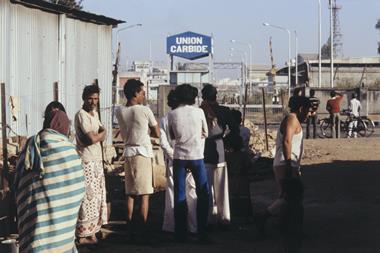
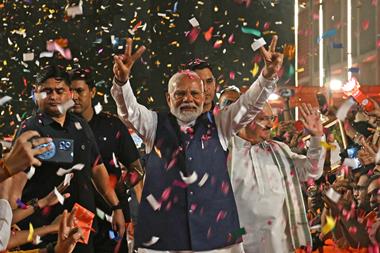
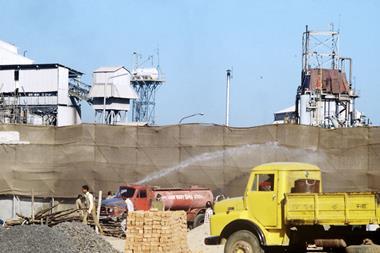
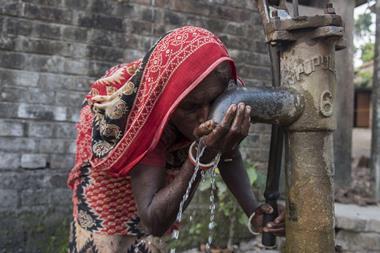
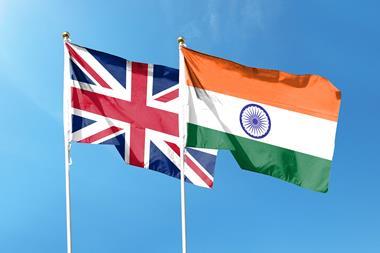
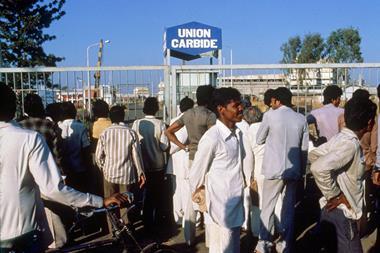






1 Reader's comment